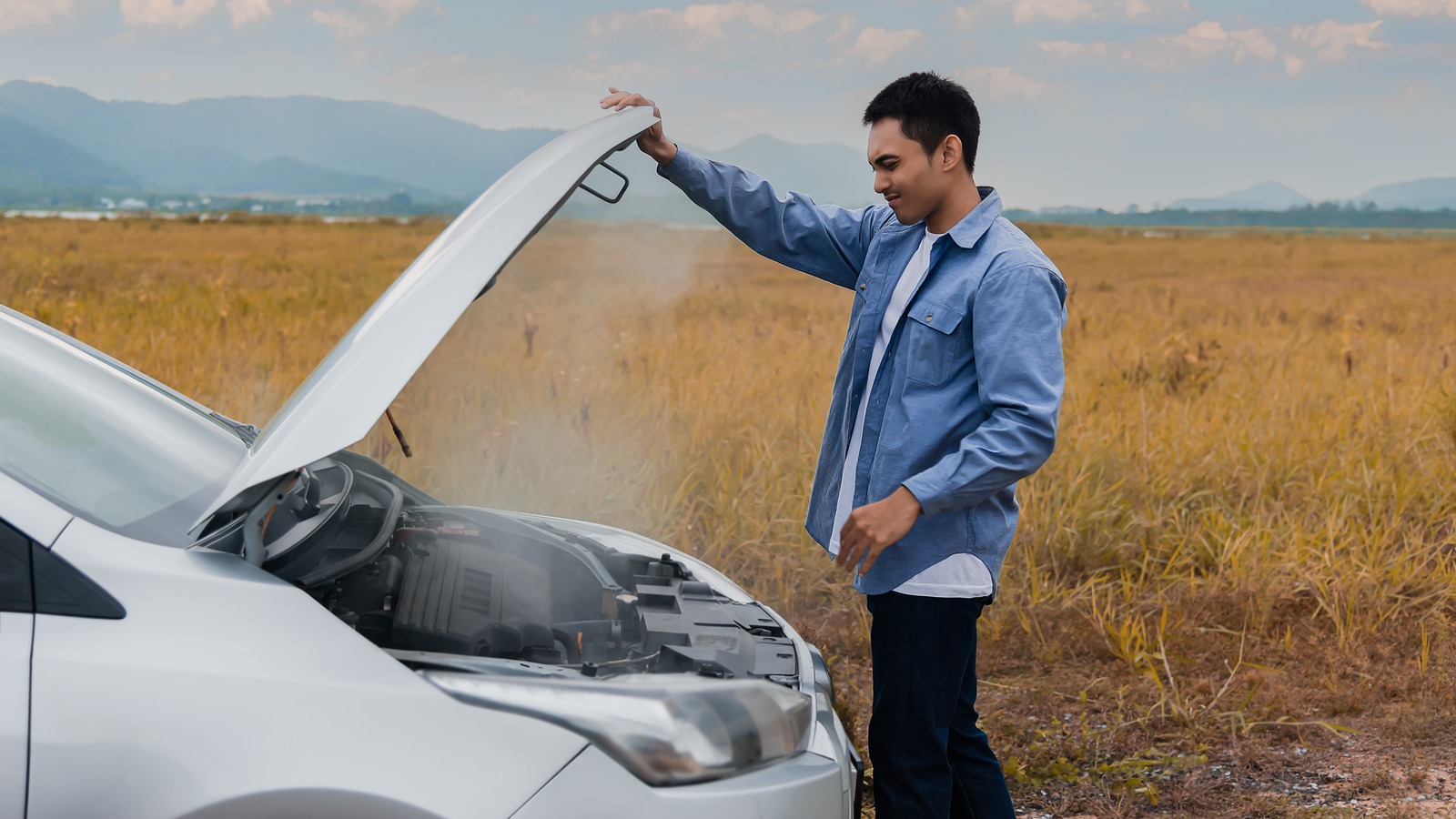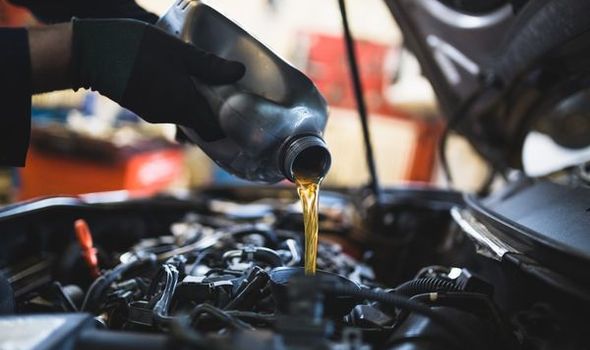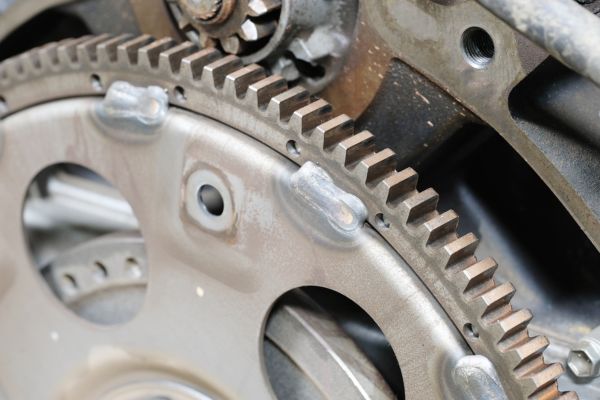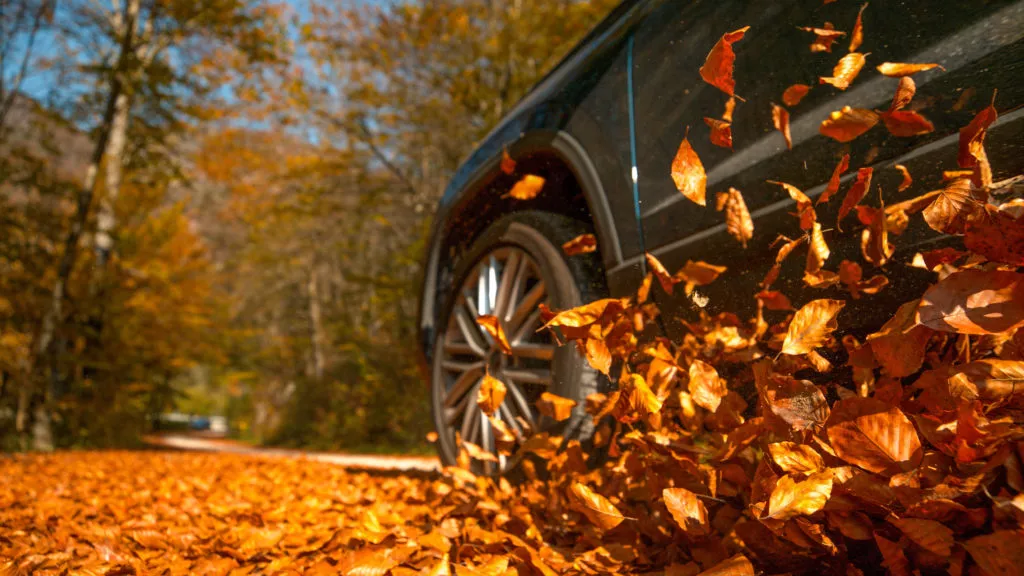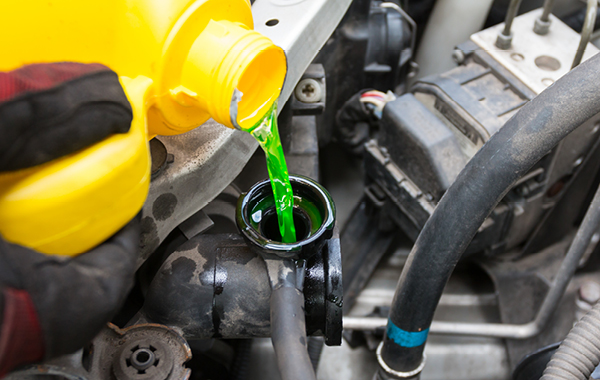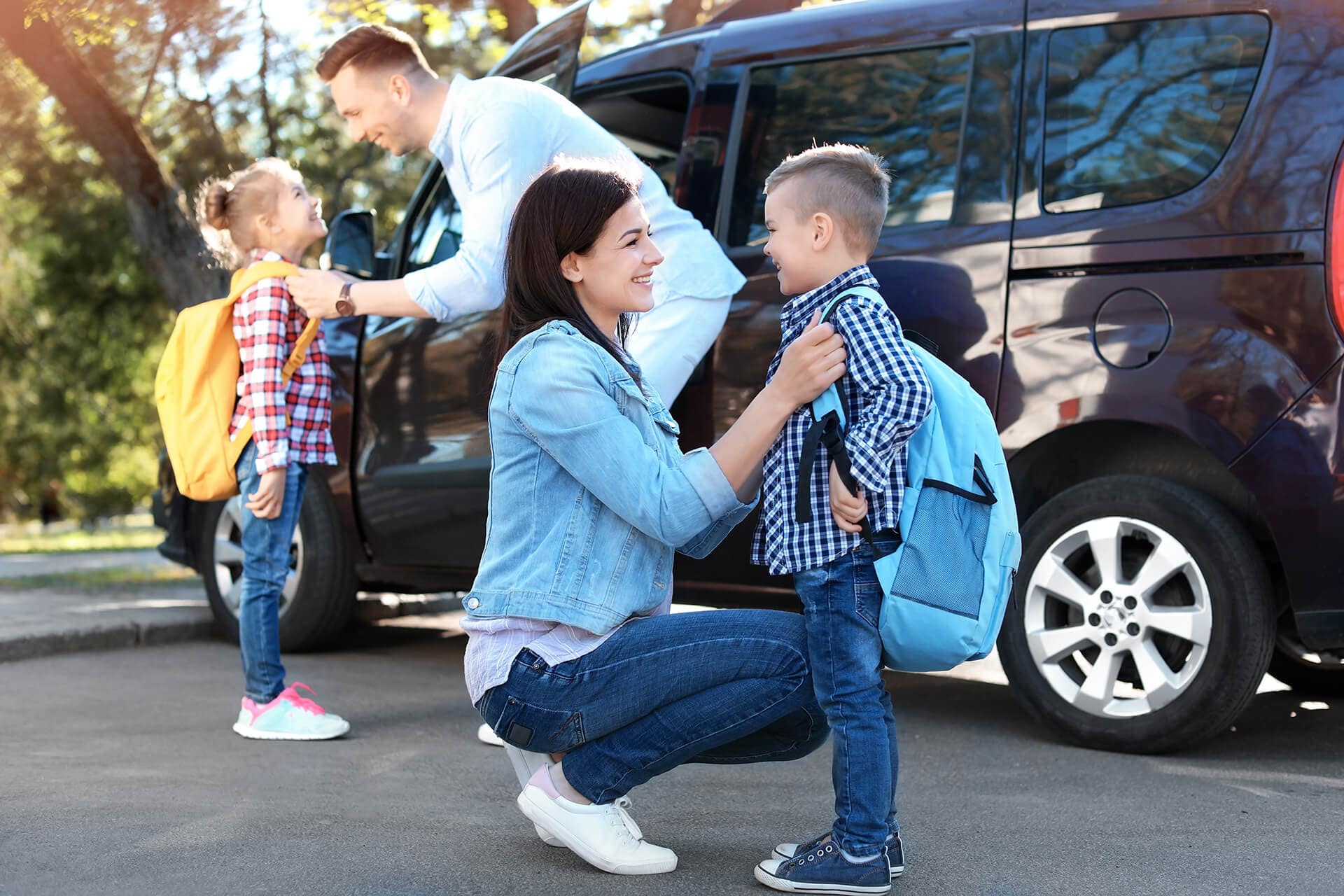Overheating poses a risk to both you and your car, so it’s best to avoid that situation in the first place. From preventative maintenance to tricks you can use in a pinch, there are many ways to help your car stay cool. Here are some of the easiest ways to do it:
- Check your temperature gauge – You’ve probably looked at your car’s temperature gauge countless times without taking much notice, but it’s there for a reason! If you ever see the needle point towards the red portion of the dial, that’s a sure sign it’s time to pull over and give your engine a chance to cool off.
- Turn on the heat – You read that right, turning on the heat really can help cool off your engine in a pinch. Doing this pulls hot air out of your engine compartment, ultimately cooling your engine. It’s not an ideal solution for you or your passengers, but worth keeping in mind for long drives on hot days.
- Add engine coolant – Coolant is the fluid that helps keep your engine from overheating, located in the coolant reservoir under your car’s hood. If temperatures are rising, it’s always a good idea to check your coolant level, indicated by lines on the side of the reservoir. If you’re low, you can add extra coolant yourself, although you should always be careful not to do so if your engine is hot.
- Have a mechanic flush your radiator – Just like oil, coolant becomes dirty over time and needs replacing. A mechanic can do this for you in a procedure called a radiator flush, where the old coolant is drained, the radiator is flushed with a cleaning fluid, and new coolant is added. Check your owner’s manual for specifics on how often your vehicle needs this done.
- Consider replacing your car’s battery – The less power there is in your battery, the harder your car has to work, putting it at risk of overheating. This may begin to occur if your battery is older than 3 years. Your mechanic can advise you on whether your battery is ready to be replaced. Find out when to change your car battery.
- Check the drive belt – Coolant circulates within your car’s engine thanks in part to the drive belt. If your drive belt isn’t functioning properly, there’s a good chance your engine could overheat.
- Check the brakes – Ever heard of sticking brakes? Brakes might not be the first place you’d think to look if your engine overheats, but stuck brake calipers can create enough extra drag on your engine to eventually generate a lot of heat. If your mechanic can’t find anything wrong with your engine itself, ask them to take a look at your brakes.
- Add engine oil – Coolant doesn’t turn down the temperature all on its own! Engine oil is also responsible for removing excess heat, so if your oil levels dip, your engine temperature may rise enough to cause overheating.
- Check the vehicle’s thermostat – Your engine regulates its temperature using an internal thermostat, a valve that controls the flow of coolant. If the thermostat malfunctions, insufficient coolant in your engine can cause overheating.
- Get professional maintenance regularly – Many of the issues we’ve just covered can be caught early and prevented by routine maintenance. Have a professional mechanic service your vehicle annually and overheating will be far less likely.

